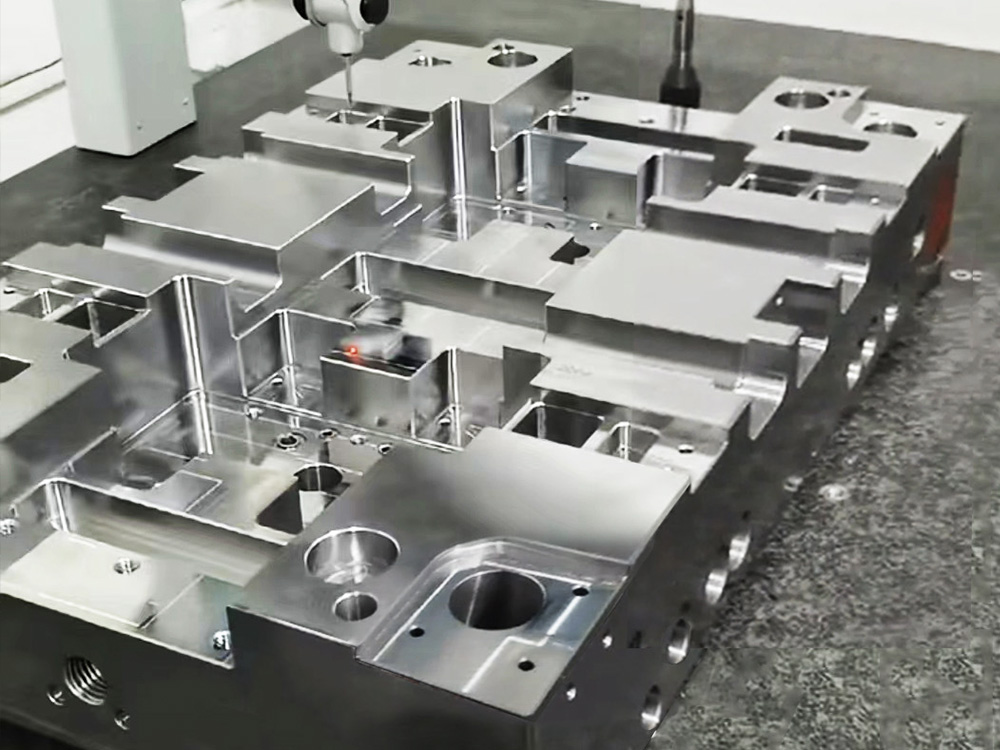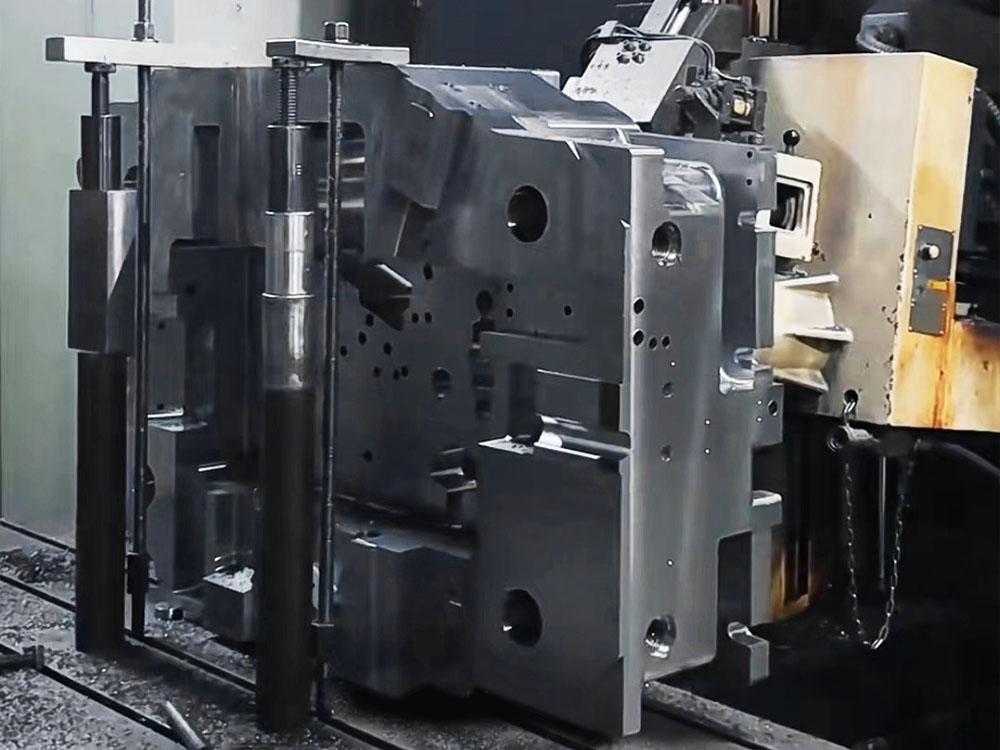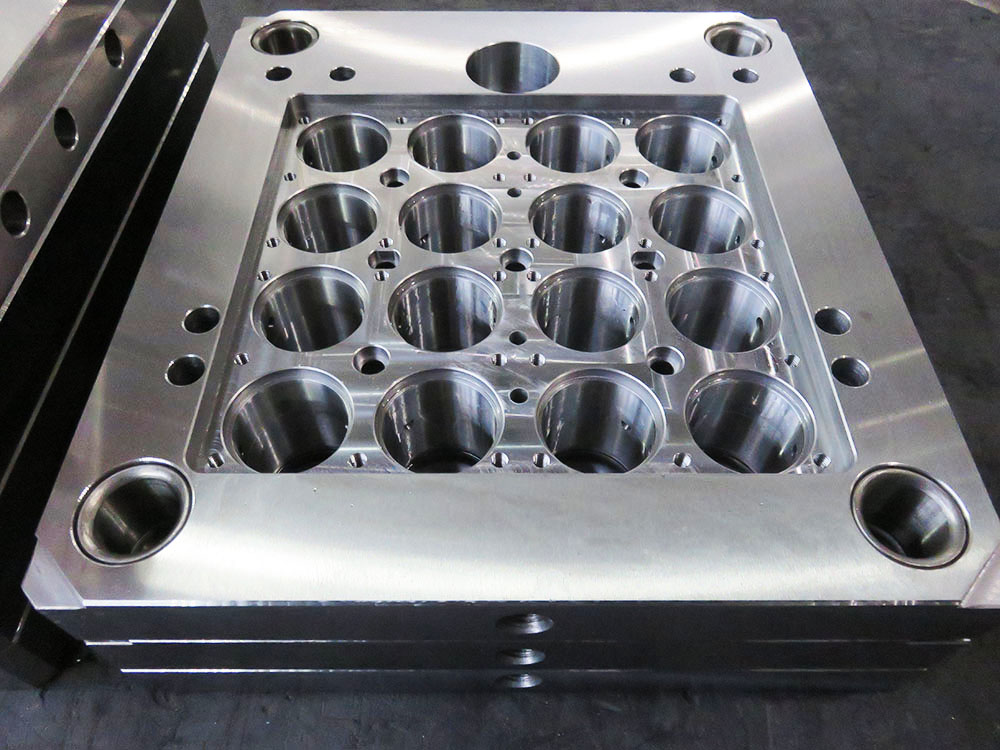What to do when a support framework encounters a hole?
Support frameworks play a critical role in the mold base industry, providing stability and structural integrity to the mold base. However, when a support framework encounters a hole, it can significantly impact the functionality and reliability of the mold base. In this article, we will discuss the steps to take when faced with such a situation.
1. Assess the extent of the damage
The first step is to evaluate the size and location of the hole in the support framework. This assessment will help determine the potential impact on the structural integrity of the mold base. If the hole is small and not in a critical area, it may have minimal effect and can be easily repaired. However, larger holes or those in critical areas may require more extensive measures.
2. Determine the cause of the hole
Understanding the cause of the hole is essential to prevent its occurrence in the future. Common causes include manufacturing defects, material fatigue, or accidental damage. By identifying the root cause, appropriate actions can be taken to rectify the situation and prevent similar issues from arising in the future.
3. Consider repair options
Based on the assessment of the hole and its impact, different repair options can be considered. If the hole is small and does not compromise the structural integrity significantly, it can be repaired through simple techniques such as welding or filling. However, for larger holes or those affecting critical areas, a more comprehensive approach may be necessary.
4. Coordinate with experts
Engaging with experts in the field is crucial when dealing with complex repairs or assessing the impact on the mold base. Professionals can provide valuable insights and recommendations based on their expertise and experience. Collaborating with experts will ensure the most appropriate repair techniques are employed, minimizing the risk of further damage or compromised functionality.
5. Implement the repair plan
Once the repair plan is determined, it should be executed with precision and according to industry standards. This may involve removing the damaged section of the support framework and replacing it with a new piece or reinforcing the existing structure. Attention should be given to the alignment and stability of the repaired area to ensure it meets the required specifications.
6. Test and validate
After completing the repair, it is crucial to test and validate the effectiveness of the repair work. This includes conducting various tests, such as stress tests, to ensure that the repaired support framework can withstand the required loads and perform as expected. Thorough testing and validation will provide confidence in the repaired mold base and its functionality.
7. Monitor and maintain
Once the repair is successfully completed, ongoing monitoring and maintenance of the support framework become vital. Regular inspections should be conducted to identify any signs of potential damage or weaknesses. Additionally, implementing preventive maintenance measures can help extend the life of the support framework and minimize the risk of encountering similar issues in the future.
In conclusion, encountering a hole in a support framework can be a significant concern in the mold base industry. However, by following a systematic approach that includes assessing the extent of the damage, determining the cause, considering repair options, collaborating with experts, implementing the repair plan accurately, testing and validating the repair work, and implementing monitoring and maintenance measures, the impact can be minimized, and the mold base can be restored to optimal functionality and reliability.




